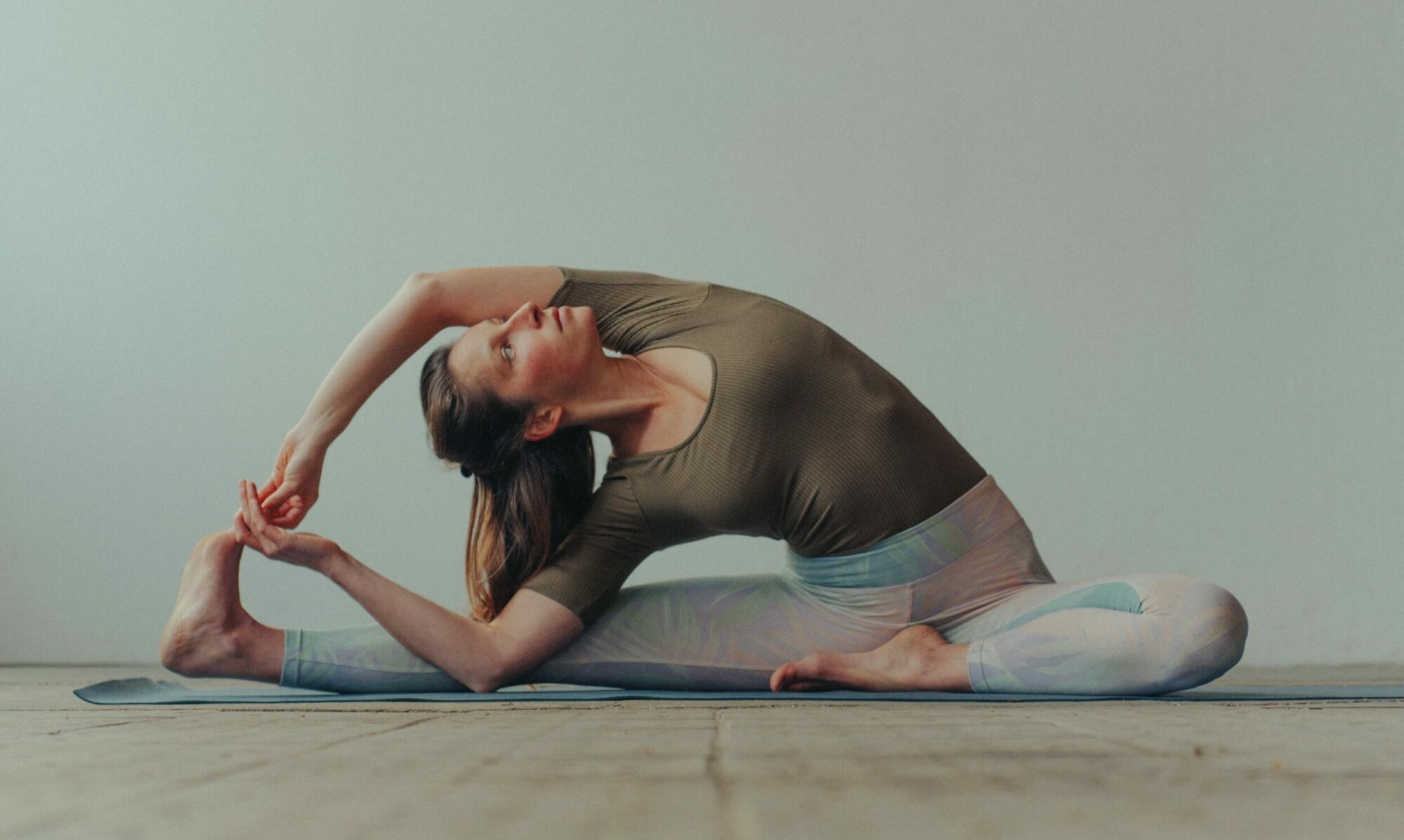
As diverse as the yoga styles are, so different is the approach to breathing. There is no “right or wrong”, there are just different backgrounds and motives for using the breath.
It is widespread to combine breathing with movement, which is typical of classical yoga practice. Many yoga practitioners also use breathing to recharge the body with energy. The breath is also used to find a better way into the movement and thus become more flexible. Others ignore the breath and do not attach any importance to incorporating it into the physical exercises. Leaving it completely free and even consciously foregoing energization – in favour of a free consciousness – represents a new approach in yoga practice.
Practical breathing exercises
If we allow different yoga styles (and also dance styles) to have an effect on us, we can get an idea of how the breath flows through the expression of the person. How does the body work, how does the movement work? (e.g. sluggish, light, compact, graceful, fixed, free, static, moving, etc.)
It makes sense not to make hasty judgments, because what is familiar or seems appealing is often seen as good and right, while the unknown is often spontaneously rejected.
However, it is only about observing and noticing how people move and what impression they leave on me as an observer. It could also be helpful to observe where the practitioner’s attention (awareness) is focused (inwards, outwards, on the body, the breath, on a content, etc.) The acoustic guidance or audibility of breathing in the room can also be included in the observation.
Examples from yoga:
Let’s start with the classic: it is said that yoga becomes yoga because breathing is combined with movement.
In ashtanga yoga, the so-called udjjayi pranayama breathing is used simultaneously, i.e. during the physical exercises (audibly), thus generating an intensive energy charge in the body.
In the third example, breathing is allowed completely freely. It is not combined with the movement or used to help you find your way into the movement.
Examples from dance:
Dance / Improvisation
The impressions gained can be revisited and compared afterwards.
by Angelika
